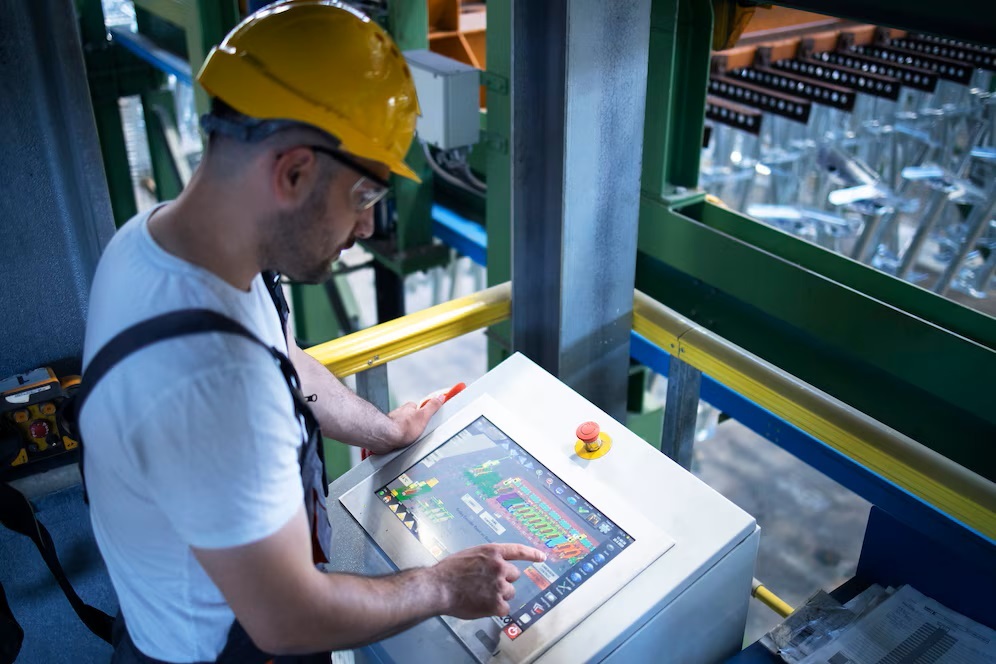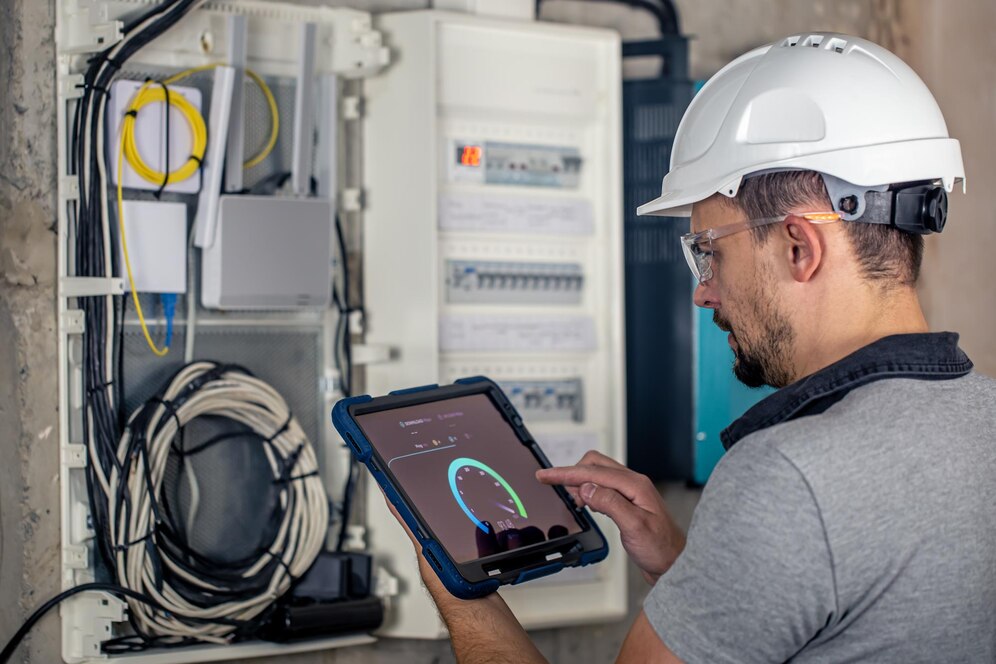
Unlocking Efficiency and Safety with Ind...
In today’s fast-paced industrial landscape, staying on ...
Read everything64 results in Blog

In today’s fast-paced industrial landscape, staying on ...
Read everything
In today’s fast-paced industrial world, efficiency and ...
Read everything
In today’s fast-paced industrial world, keeping equipme...
Read everything
In today’s fast-moving industrial world, machine downti...
Read everything
Electric motors are the workhorses behind nearly every ...
Read everything